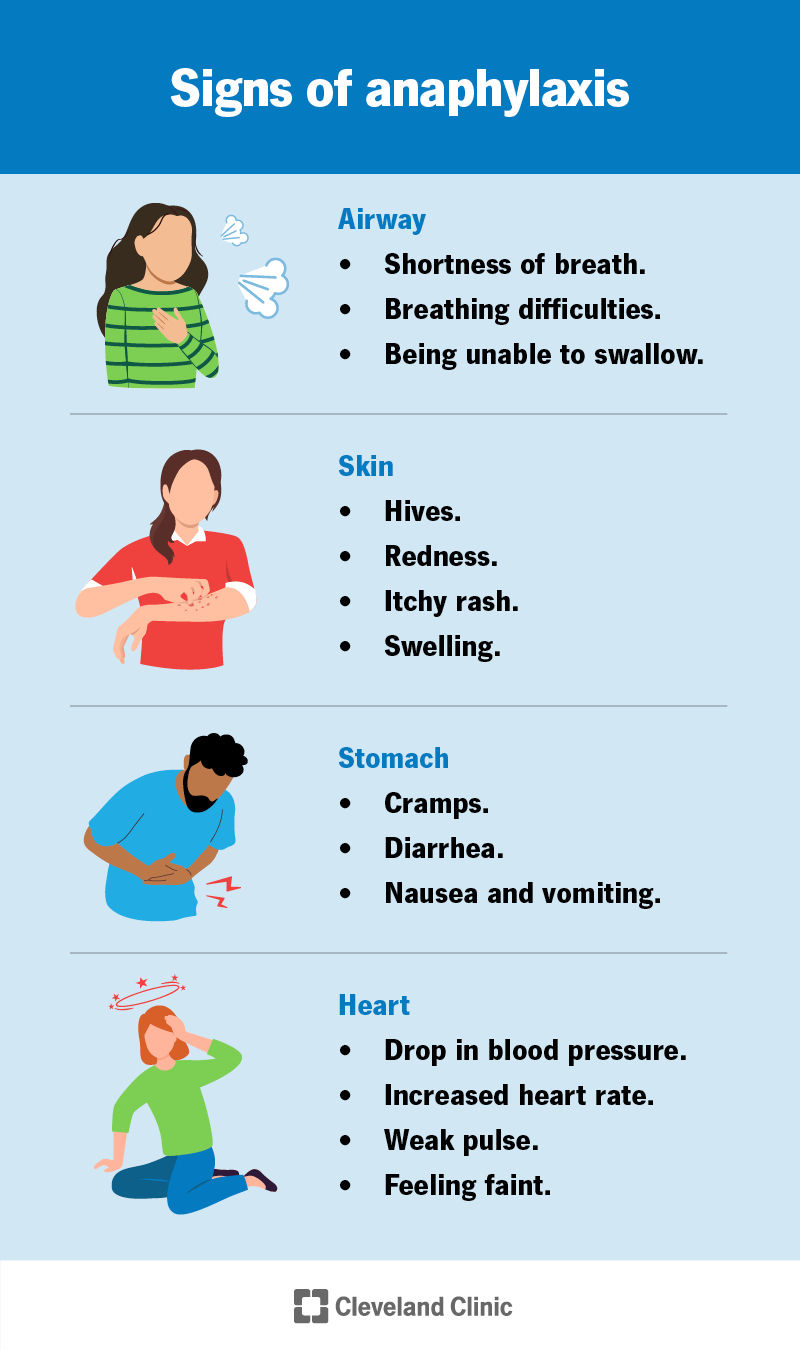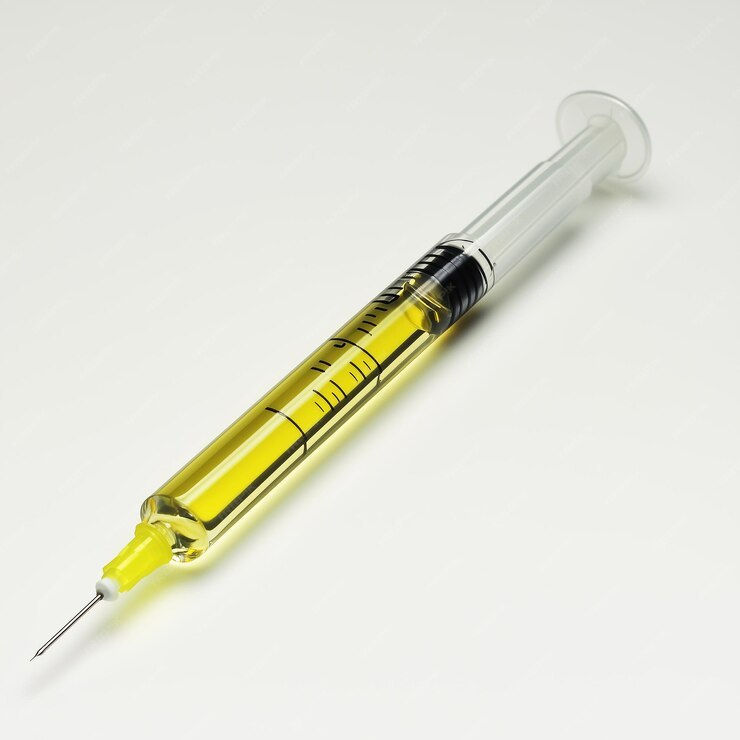Out of Breath - Every Second Matters.
- Jojo talks med

- Oct 1, 2024
- 3 min read
Updated: Oct 1, 2024

Hi and happy new month dear reader, I missed you.
If you’re a medical student though, you might find this post tasking and maybe offensive, so proceed with caution!
You’re still here?
Okay, very brave, game on.
As you know, bridging the gap between classroom knowledge and real-world medical conditions as well as empowering students to confidently tackle unfamiliar cases is one of the reasons why my blog exists and I aim to deliver with this update.
So here’s the case study I have for you today,
Please watch the video attached below...
You might have recognized the scene from the popular series “Bridgerton” provided you’re a movie lover.
Now this scene displays the tragic, sudden death of dear Edmund Bridgerton in the arms of his first child, heart-breaking.
My question to you is -
What’s your diagnosis? Why did he die?
I’m sensing your answer is either a common bee sting or even wiser - allergies.
You can do better though, think deep!
Nothing? Well, that’s disappointing.
Not to worry, I’ve got you!
Analysis
Now, if your answer was BEE STING, here’s why you’re wrong.
While bee stings can cause discomfort, they are not always fatal.
However, for individuals who are allergic to bee venom, a bee sting can be life-threatening without prompt medical treatment. For most people, a bee sting results in mild swelling, redness, and pain.
That fact doesn’t validate you if you chose allergies either, why?
Simply because not all allergic reactions are fatal as well.
Allergic reactions can range from mild (like itching, rashes, or sneezing) to severe. Most allergic reactions are mild and can be managed with over-the-counter medications.
In light of this, what then actually happened to Edmund?
One word, a big word actually - Anaphylaxis.

What is Anaphylaxis?
Anaphylaxis is a severe, potentially life-threatening allergic reaction that requires immediate medical attention. Going into anaphylactic shock can be fatal.
It is commonly triggered by foods such as peanuts & shellfish, insect stings, latex, certain chemicals and medications like penicillin.
Symptoms:
Anaphylaxis usually occurs within minutes of exposure to an allergen (a substance that triggers an allergic reaction in sensitive individuals) and includes symptoms such as:
Difficulty breathing (due to throat swelling or bronchospasm)
Rapid or weak pulse
Hives, itching, or swelling (especially of the face, lips, and throat)
Dizziness or fainting
Nausea, vomiting, or diarrhoea
A sense of impending doom
Treatment:
During such scenes like our case study, immediate treatment actions have to be taken to secure the life of the victim. These include:
Epinephrine (adrenaline) injection (using an auto-injector like an EpiPen) is the first and most critical step - delayed administration of epinephrine can increase the risk of fatal outcomes, so it is crucial to act fast at the first sign of anaphylaxis.
After administering epinephrine, seek emergency medical care immediately, as symptoms can recur or worsen.
Antihistamines and corticosteroids may also be given to manage additional symptoms but are not a substitute for epinephrine.
These solutions were not available at the time depicted in the scene (1803) but in present times, it is quite possible to save a person who goes into an anaphylactic state.
It is also important to note that some individuals may experience a second wave of symptoms hours after the initial reaction, so extended medical observation is necessary after treatment.

Anaphylaxis is more fatal than bee stings and regular allergies can ever dream to be. Understanding the definition, signs and swift actions for anaphylaxis can save lives.
As we observe Anaphylaxis Awareness Month this October, let's spread the word and ensure everyone knows how to recognize and respond to this life-threatening reaction.
Stay informed, stay prepared and medical students, please research more on real-life conditions to equip yourself better!
I hope you enjoyed this post, please comment if you knew of anaphylaxis before this post or not, and leave a thought for all victims of this sad condition.
Thank you for reading, have a great start to October!









Lovely Read ❤️✨️
Beautiful read✨❤️
Thanks for the enlightenment, I knew of Anaphylaxis until today